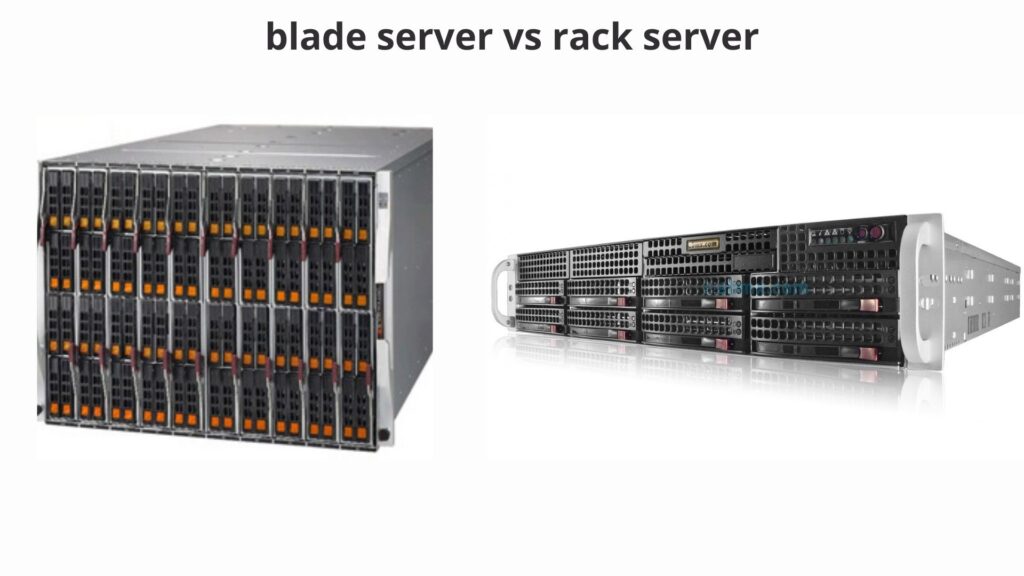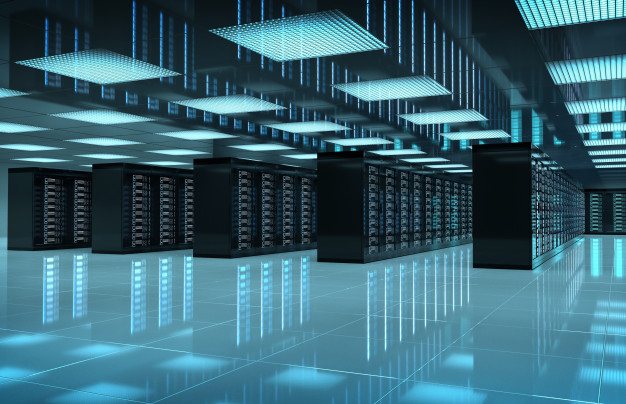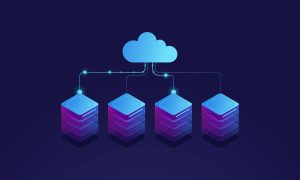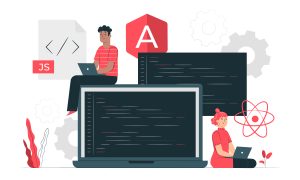Servers come in many distinct configurations. The choices you make between blade vs. rack machine – tower server at a data centre will influence performance, data centre distance, budgets, and scalability. It is recommended to buy refurbished tower servers to save money without affecting the performance.

Blade Server vs Rack Server
Before we proceed in-depth, let us look at a Fast overview of each:
Rack servers have been mounted on standardized racks which could reach 10 feet in height, permitting the data centre to set up dozens of rack-mounted servers economically.
Blade servers are small circuit boards which act as servers inside their server enclosure; they’re an superb option for high processing power in a compact atmosphere.
Tower servers include the capacity for optimization and customization and permit organizations to coincide with the server settings to your own requirements.
Rack Servers
A rack is a host mounted within a rack. Rack servers are generally general-purpose servers which support a wide array of computing and applications infrastructure. The racks pile servers to store data center floor area. The more gear that admins can pile vertically, the longer gear they are able to home.
Rack servers fit within these measurements by perpendicular multipliers, meaning rack server peaks might be 1U, 4U, 10U, or greater, such as the 10 foot tall 70U rack which came out in 2016. Additional devices can also be made to match the rack standard, so businesses are able to use vacant units in their own racks.
Rack Server Advantages
Self-contained: Every rack host has everything required to operate as a standalone or networked network: its power supply, CPU, and memory.
Rack servers can be easily enlarged with additional memorystorage, and chips. Plus it is physically straightforward to hot-swap rack servers in case admins have shared or clustered the host information for redundancy.
Cost-effective: Smaller deployments provide direction and energy efficiency at reduced price.
Rack Server Disadvantages
Massive quantities of rack machines will increase energy demands total.
Care: Dense racks demand more debugging and handling period.
Any other elements –such as ports, switches, and power belts –are shared via the chassis.
Blade Servers
The enclosures typically match rack unit dimensions, allowing IT to conserve space. Admins can audience blades or handle and operate each separately as its own individual host, like assigning software and end-users to certain blades. Their modular structure supports sexy swaps. Blades have little external grips, so it is a very simple thing to pull out or substitute them.
Blade servers have high processing ability to serve complicated computing requirements. They may scale to high performance levels, if the information centre has sufficient cooling and power to encourage the infrastructure that is dense.
Blade Server Advantages
Low energy invest: Rather than cooling and hauling numerous servers in separate stands, the chassis provides power to numerous blade servers. This decreases energy .
Processing Power: Blade servers deliver high processing power when taking up minimum space. Hot swapping helps increase system availability.
Blade Server Disadvantages
Upfront prices: Over the years, operating expenditures are fair due to simplified management ports and reduced energy use. But, initial funding, installation, and setup prices can be large.
Energy prices: High density blade servers need complex climate control. Heating, cooling, and ventilation are necessary expenditures so as to keep blade performance.
What’s a Tower Server?
Tower servers are servers at a standalone chassis configuration. They’re manufactured with minimal parts and applications, therefore midsize and business clients can customize the servers for certain tasks. By way of instance, tower servers typically do not arrive with extra elements like complex graphic cards, high RAM, or peripherals.
Tower servers are generally targeted to clients who wish to personalize their servers and keep a customized update route. Buyers can order the personalization they desire, or take action themselves if the tower host is sent to their website. Another use situation is a smaller company that requires one powerful server to run a number of applications and processes.
Externally they resemble background towers, and–such as desktops–they don’t share input apparatus. Multiple tower setups will need distinct keyboards, mice, and monitors; or buttons which make it feasible to share peripheral devices. They could share network storage just like any other sort of server.
Tower Server Advantages
Efficient scalability: Tower servers arrive with nominal configuration, therefore it can customize and update them based on company requirements. They are not as costly to purchase as a fully loaded server.
Low heating prices: Together with their low part density, towers are significantly less costly to trendy compared to compact blades or racks.
Tower Server Disadvantages
Many clients purchase tower servers for customization rather than low funding expenses. High-end hardware parts and applications will increase the continuing price considerably.
Substantial footprint: All these servers don’t match in racks and absorb data centre area.
Awkward peripheral direction: In several tower host environments, it has to invest in switches or re-plug external apparatus into every distinct server.































































